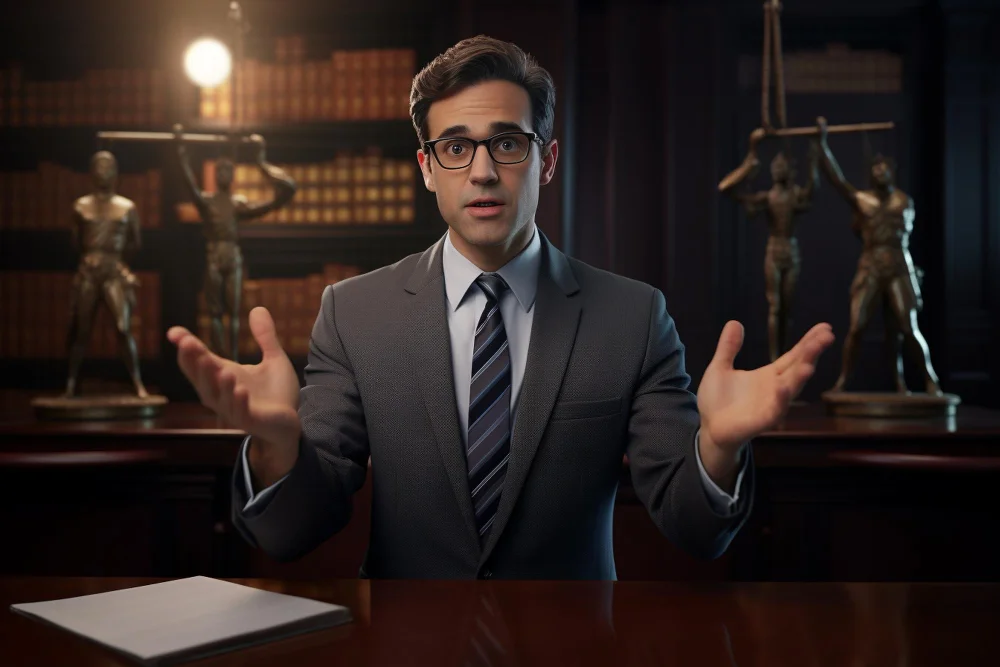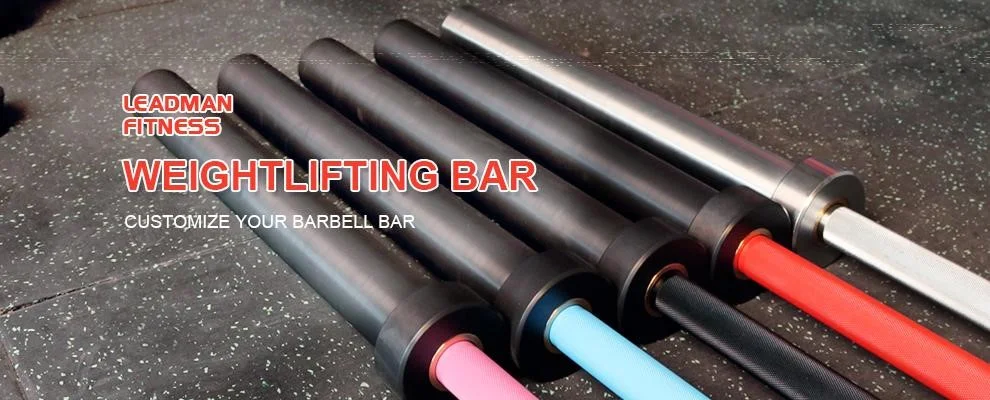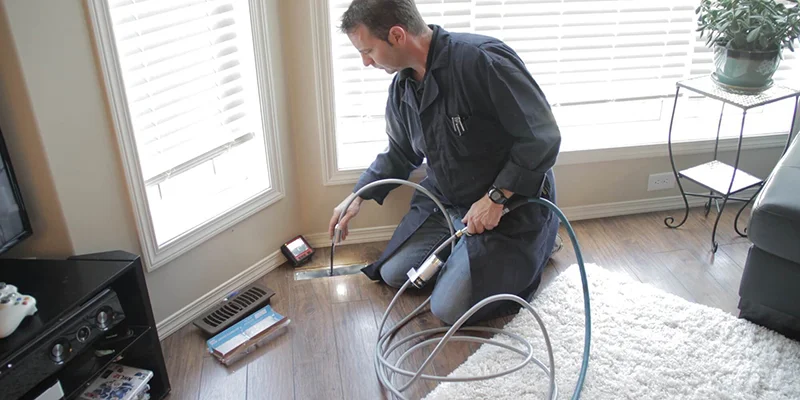The complexity of the legal process is a challenge for many personal injury defendants and victims. Many need help understanding where to begin or the steps and phases they should go through in such cases. A lack of understanding of the personal injury case process can contribute to your downfall in the proceedings. This means you must update yourself with what happens because you never know when or how you may find yourself in a personal injury case. This article uncovers the topic regarding the significant steps in such a legal matter to help you grasp it better.
Lawyer Hiring by the Plaintiff
Injuries are at the heart of many personal injury cases, whether slip and fall, workplace-related, or any other claim. It’s almost impossible for a personal injury case to proceed if there’s insufficient evidence of the injuries the plaintiff sustains. Feel free to visit jsberrylaw.com for a better understanding of plaintiffs and defendants.
The need to hire an attorney for the claimant arises when their damages or losses surpass the state’s small claims court dollar limits. In most places, these limits range between $5,000 and $10,000. Nevertheless, it isn’t guaranteed that an attorney agrees to dive into your case if you’re the plaintiff. This is an exceptionally essential consideration if you don’t have enough ground to build your personal injury claim and case.
Complaint Filing
The next step after the claimant hires an attorney and proves they have a solid case is filing a complaint. This stage is a personal injury lawyer’s responsibility. Nevertheless, you must understand that it’s the first document that shows a defendant’s liability towards the plaintiff. As a plaintiff, your lawyer has approximately a month to hand over a copy of the complaint to the defendant.
The barrister should accomplish this handing over physically to minimize the chances of the defendant claiming they didn’t know about the case or lawsuit. Service papers accompany the filed complaint. These papers aim to inform the defendant about the case’s starting date and when they should appear in court. Some defendants breach this requirement and fail to attend court sessions, increasing their chances of losing the personal injury case.
Hiring a Lawyer by the Defendant
Some personal injury case defendants assume they can handle the process independently without involving an attorney. This is a severe mistake because legal representation is vital in such a case’s outcome. Defendants have at least a month to seek and hire the best attorney before the first court hearing. Fortunately, if you’re an appellant, the lawyer-finding process is more manageable if you have valuable assets or an active insurance cover.
Nevertheless, you must remember to notify your insurance provider, especially when you have an applicable insurance premium. Your insurance company will hire and pay for a lawyer if you haven’t already done so. You should never forget that most defense attorneys charge their services hourly, meaning you must pay them whether you win the case or not.
Pre-Trial and Trial
‘Discovery’ is a standard pre-trial phase that allows the claimant and the defendant to present their evidence regarding a personal injury case. It also includes both parties standing before the judges and a jury to explain the case’s proceedings, agree or disagree on mediation and arbitration, and schedule a trial date.
Next is the trial stage, typically lasting for a few days, depending on the case’s severity. The jury then decides whether the plaintiff is responsible for the claimant’s injuries and damages. Additionally, the judges weigh the case to determine if the plaintiff deserves the compensation they claim.
A personal injury case entails many parts that you should know. That’s because you can’t predict when you’ll be in such a legal matter. This is high time to grasp the above-explained stages, especially if you are considering taking your personal injury case to court.


















